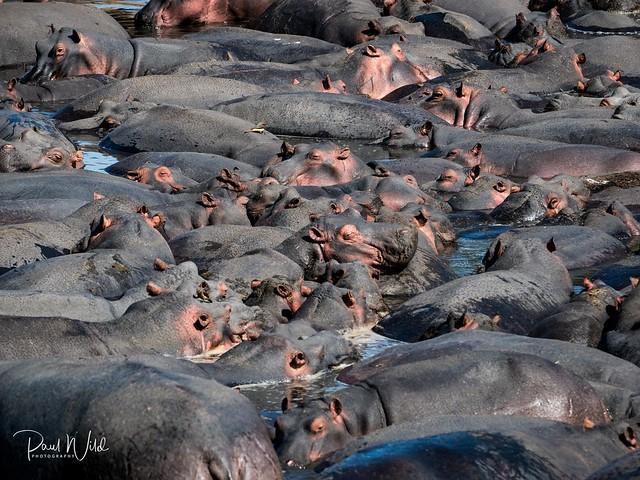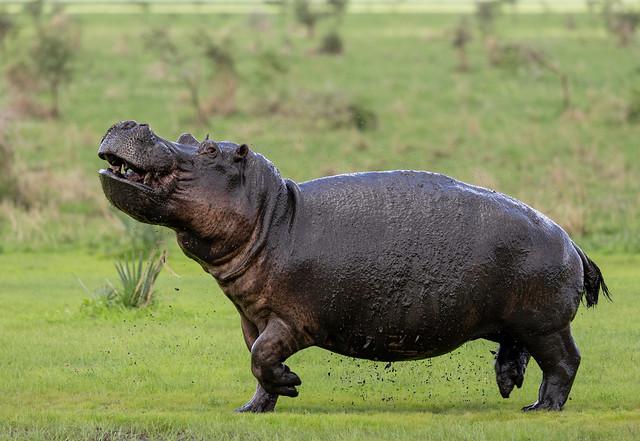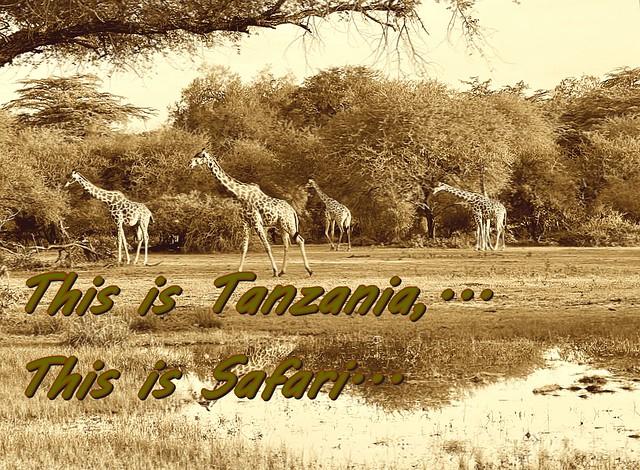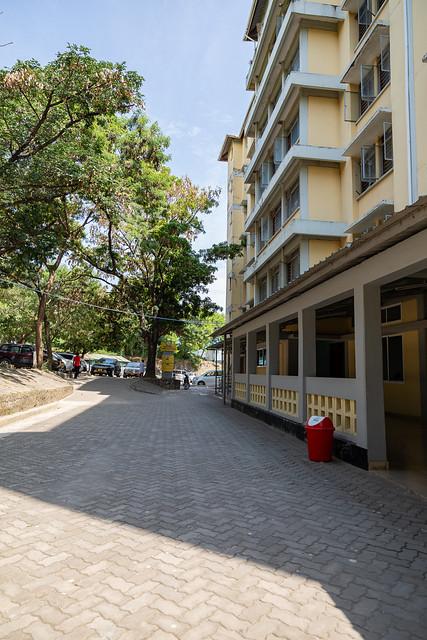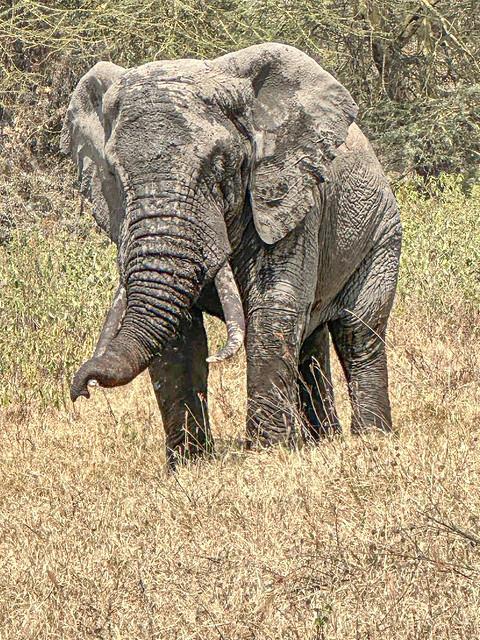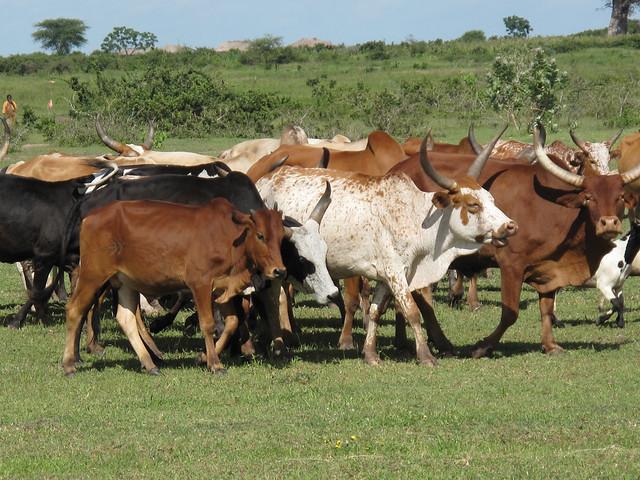Katavi
Overview
Katavi National Park is one of Tanzania's hidden gems, often overshadowed by more famous parks like Serengeti and Ngorongoro Crater. Spanning over 4,471 square kilometers, Katavi is the third largest national park in Tanzania and is characterized by its stunning landscapes, including sprawling savannas, wetlands, and the scenic Katuma River. The park's relative isolation means that it offers an authentic wilderness experience, allowing travelers to connect deeply with nature and witness wildlife in their natural habitat without the crowds.
The atmosphere in Katavi is raw and untamed, providing a sense of adventure that is hard to find elsewhere. As you explore the park, the sounds of the wild surround you—the rustle of the grass, the calls of birds, and the distant rumble of elephants. Visitors often describe the park as a place where time stands still, where the pace of life is dictated by nature rather than modern conveniences. The dry season, from May to October, reveals vast concentrations of wildlife gathered around shrinking water sources, making it a prime time for game viewing.
The local culture surrounding Katavi is steeped in rich traditions and history. The park is located near several communities, including the indigenous Sukuma and the iconic Wazaramo people. Their vibrant cultures are reflected in traditional dances, crafts, and storytelling. Engaging with local communities provides travelers with an opportunity to learn about their way of life, agricultural practices, and the significance of wildlife in their daily existence. Many lodges and camps promote cultural interactions, allowing visitors to participate in community activities and enjoy authentic local cuisine.
Historically, Katavi has played a crucial role in Tanzania's ecological conservation efforts. Established in 1974, the park was created to protect its unique ecosystems and the diverse species that inhabit it, including large herds of buffalo, hippos, and the elusive sitatunga antelope. The park is also renowned for its birdlife, with over 400 species recorded, making it a paradise for bird watchers. The annual migration of wildebeest and zebra, though less famous than that of the Serengeti, adds to the ecological significance of the area.
Local characteristics of Katavi further enhance its appeal. The park is less commercialized than other tourist destinations, allowing for an intimate and immersive experience. The limited number of lodges ensures that visitors can enjoy a tranquil atmosphere, often encountering wildlife right outside their accommodations. Many lodges focus on sustainability, utilizing solar power and employing local staff, which not only benefits the environment but also supports the local economy.
In summary, Katavi National Park is a breathtaking destination that offers an authentic experience of Tanzania's natural beauty and cultural richness. Its unspoiled landscapes, abundant wildlife, and welcoming local communities create a unique atmosphere that leaves a lasting impression on all who visit. Whether you are a seasoned adventurer or a first-time traveler, Katavi is sure to enchant and inspire.
How It Becomes to This
History not available

You May Like
Explore other interesting states in Tanzania
Discover More Area
Delve into more destinations within this state and uncover hidden gems.


